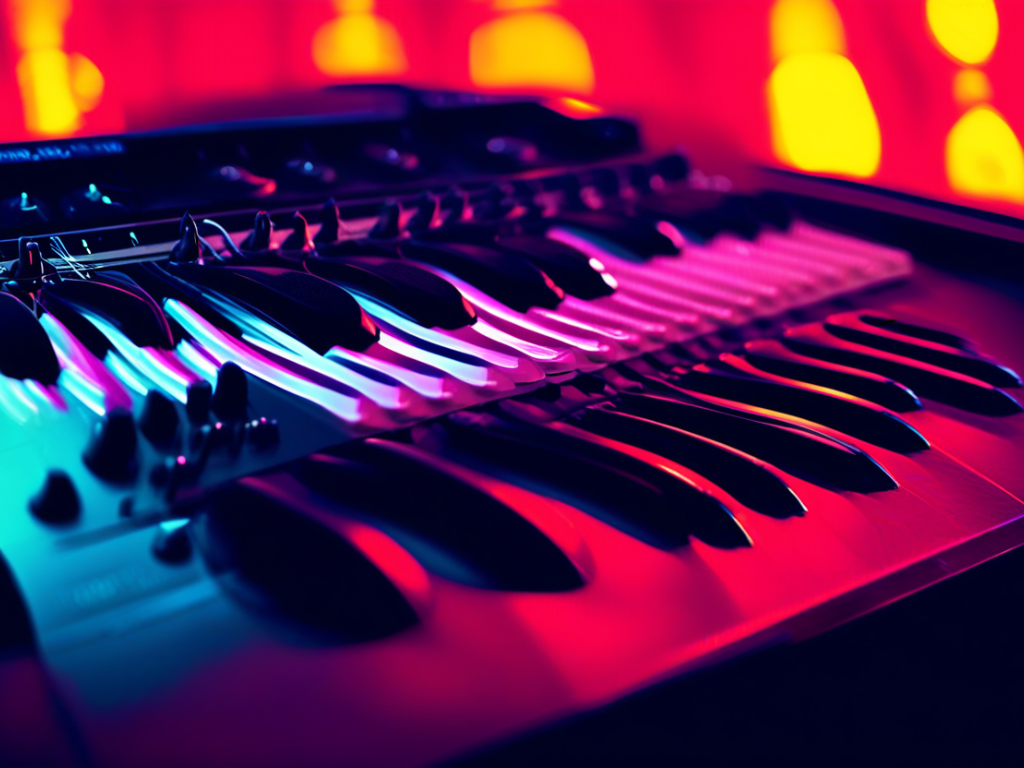Mastering EQ Settings: A Comprehensive Guide for Music Players
In this article you will find:
- What is Equalization and Why is it Important?
- Understanding Frequency Bands
- Setting EQ Parameters
- Real-World Applications
- Final Thoughts
As an audio enthusiast, getting the best sound from your music player is a top priority. One essential tool at your disposal for achieving optimal audio quality is the Equalizer (EQ). Understanding how to master EQ settings can make a significant difference in how your music sounds. In this comprehensive guide, we will delve into the world of EQ settings for music players, exploring the intricacies of frequency bands, shaping sound, and achieving the perfect audio balance.
What is Equalization and Why is it Important?
Equalization, commonly referred to as EQ, is the process of adjusting the balance between frequency components within an audio signal. Each frequency band represents a different range of sounds, from bass frequencies that you feel in your chest to high frequencies that add clarity and sparkle to the music.
EQ is crucial because every music player and every pair of headphones or speakers has its unique sound signature. By using EQ settings, you can tailor the audio output to suit your preferences and compensate for any deficiencies in your audio setup. Whether you want more bass, smoother mids, or crisper highs, EQ allows you to customize the sound to your liking.

Understanding Frequency Bands
Frequency bands are sections of the audio spectrum divided into ranges that correspond to different aspects of sound. The basic frequency bands are:
- Low Frequencies (20-250 Hz) – Responsible for bass and impact.
- Low-Mid Frequencies (250 Hz – 1 kHz) – Adds warmth and body to the sound.
- Mid Frequencies (1-4 kHz) – Where most instruments and vocals sit, crucial for clarity.
- High-Mid Frequencies (4-8 kHz) – Contribute to presence and definition.
- High Frequencies (8-20 kHz) – Provide airiness and sparkle.
Setting EQ Parameters
When adjusting EQ settings on your music player, it’s essential to understand how each parameter affects the sound:
- Gain/Level: Controls the intensity of the boost or cut for a specific frequency band.
- Frequency: Determines which frequency you want to boost or cut.
- Q/Bandwidth: Specifies how wide or narrow the boost or cut will be around the selected frequency.
Experimenting with these parameters allows you to sculpt the sound profile to your preferences, whether you’re correcting audio imbalances, enhancing certain aspects of the music, or adapting to different genres and environments.
Real-World Applications
Let’s consider a practical example. If you find that your headphones lack bass impact, you can increase the gain in the low-frequency range. Conversely, if the vocals sound muddy or congested, you might reduce the mid frequencies’ level to clean up the sound. By making subtle adjustments to the EQ, you can transform the listening experience and uncover nuances in your music that were previously masked.
Final Thoughts
Mastering EQ settings for your music player is a journey of exploration and discovery. By familiarizing yourself with frequency bands, understanding EQ parameters, and experimenting with different settings, you can unlock the full potential of your audio system. Remember, there is no one-size-fits-all approach to EQ; it’s about finding what sounds best to you. So, grab your favorite tracks, adjust those EQ sliders, and immerse yourself in a world of sonic possibilities!

